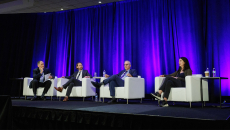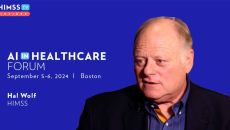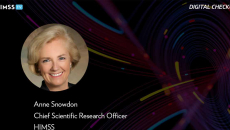Network Infrastructure
There are risks to consider when choosing a single provider, says Homestyle CIO Peter Gunn.
Crowdstrike has new partnerships that bolster and streamline SOC processes and spur AI-driven security innovations. Also, Oracle, Meditech and Innovaccer add tools to improve daily healthcare operations.
Compromised by a phishing email, the health system says some employee and patient personal information may have been impacted.
Lisa Stump, a clinical informatics leader, will serve as both chief digital information officer and dean for IT, the New York health system says.
Dr. Saad Aldousari, hospital director at Kuwait's Sabah Al-Ahmad Urology Center, explains how the Kuwaiti Ministry of Health supports digital maturity and interoperability goals for all its hospitals.
In a market filled with point source solutions, digital health leaders say decision-makers must cut through noise and hype to architect change management and manage costly technology.
At a pivotal moment for artificial intelligence innovation, HIMSS Adoption Models can help healthcare organizations get onboard and scale up, says Hal Wolf, CEO of HIMSS.
Many healthcare organizations are struggling to keep up with changing patient expectations, rising costs, staff shortages and more. Although technology may seem like the obvious solution to these problems, providers must ensure that the tools they use enhance patient experiences while also driving efficiencies and improving the organization’s bottom line.
There's a direct link between achieving EMRAM Stage 6 or 7 and higher quality and safety results, explains Anne Snowdon, HIMSS Chief Scientific Research Officer after examining Leapfrog data from 2,000 U.S. hospitals.








